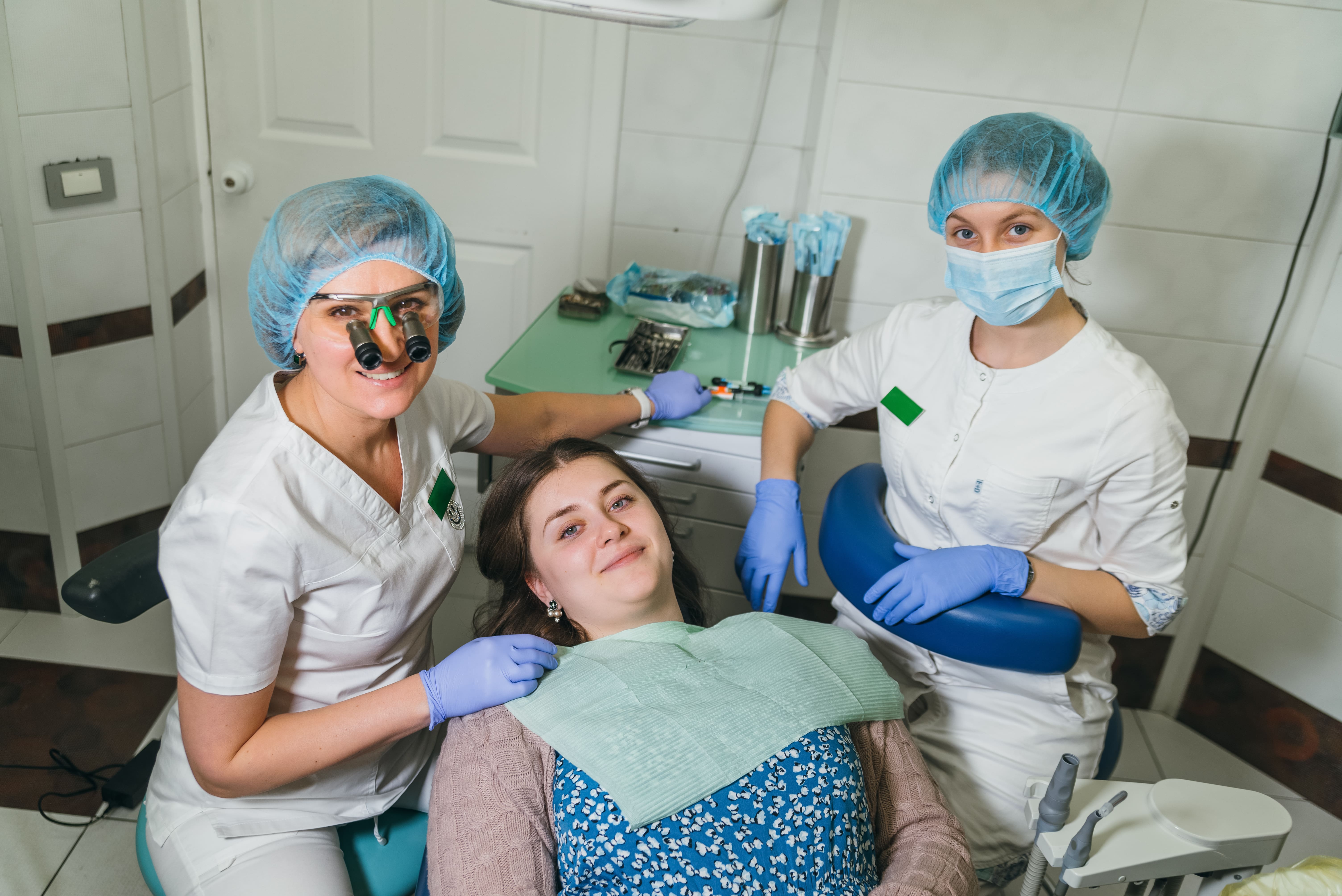purple plum aesthetics blog
Can Whitening Strips Damage Teeth

Introduction
A brighter smile is one of the most sought-after features in modern cosmetic dentistry. Teeth whitening products like whitening strips have become a popular choice because they offer a relatively affordable and convenient method to whiten teeth without a trip to the dentist. Still, many people ask a key question; can whitening strips damage teeth?
Understanding how these strips work, their active ingredients, and their potential effects on tooth enamel, gums, and overall dental health is essential before adding them to your routine. This guide examines the science, possible risks, and safe ways to use whitening strips for a whiter smile without long-term harm.
How Whitening Strips Work
Teeth whitening strips are thin pieces of flexible plastic coated with a whitening gel. The active ingredient is often hydrogen peroxide or carbamide peroxide. When applied to upper and lower teeth, the bleaching agents in the gel break down stains into smaller particles, which makes teeth appear lighter.
Most whitening strips are designed to fit snugly on the front surfaces of your teeth, targeting surface stains caused by coffee, tea, red wine, or smoking. These products can produce visible results in about two weeks of consistent use, but the process does not reach deeper stains inside the dentin layer.
Unlike custom whitening trays provided by a dentist, over-the-counter strips may not cover every tooth evenly, especially if teeth are misaligned. They also tend to be less concentrated than professional whitening treatments, which reduces both effectiveness and risk — but not entirely.
Are Whitening Strips Safe?
The question are whitening strips safe does not have a simple yes or no answer. Safety depends on the concentration of the active ingredient, the condition of your teeth and gums, and how closely you follow instructions.
Used correctly, many whitening strips may be considered a safe and effective way to remove surface stains and improve appearance. Misuse, prolonged application, or using products with unregulated bleaching agents like chlorine dioxide can cause enamel erosion, tooth sensitivity, or gum irritation.
For those with preexisting issues such as enamel damage, gum disease, or cavities, whitening products should be approached with caution. Consulting a dentist before starting any whitening treatment is always the safest route.
Risks of Whitening Strips
1. Tooth Sensitivity and Nerve Irritation
Tooth sensitivity is the most common side effect reported after using whitening strips. Bleaching agents temporarily make the enamel more permeable, allowing the peroxide to reach the dentin layer where nerve endings are located. This can cause increased tooth sensitivity to temperature changes, sweet foods, or acidic drinks.
For people with already sensitive teeth, the discomfort can be more pronounced. Sensitivity usually subsides within a few days after treatment stops, but overuse of whitening strips may prolong the sensation.
2. Enamel Erosion and Damage
Whitening strips contain peroxide, which can irritate sensitive teeth or gums. Overuse may increase sensitivity and cause enamel damage. For safer alternatives, check out Teeth whitening options for sensitive teeth to find methods that protect your enamel. Whitening strips work by chemically reacting with stains, but high concentrations of peroxide or prolonged exposure can weaken tooth enamel. Once enamel erosion occurs, the protective barrier of the tooth is compromised, leaving the dentin layer more vulnerable to decay and further staining.
Acidic whitening gels, especially those with a low pH, may increase the risk of enamel damage. While most whitening strips from reputable brands are formulated to minimize this effect, it remains a concern if used too often.
3. Gum Irritation and Soft Tissue Damage
When whitening gel comes into contact with gum tissue, it can cause redness, soreness, or even mild burns. Ill-fitting strips that extend beyond the teeth can irritate the gums or the soft tissue inside the lips and cheeks.
People with receding gums are at higher risk, as more of the tooth root — which lacks enamel protection — becomes exposed to the bleaching agents.
4. Uneven Whitening Results
Because strips are pre-cut, they may not perfectly fit every tooth shape or size. Some areas, particularly near the gumline or on the lower teeth, may receive less coverage, leading to uneven whitening. This can create a patchy appearance, especially when comparing the upper and lower teeth.
5. Damage to the Dentin Layer and Collagen Proteins
Research has shown that hydrogen peroxide can penetrate through enamel into the dentin layer, where it may degrade collagen and other structural proteins. While more studies are needed to fully understand the long-term impact, this suggests overuse could cause lasting changes inside the tooth.
Best Practices for Using Whitening Strips Safely
- Consult a dentist before starting any whitening treatment, especially if you have dental restorations, gum disease, or cavities.
- Follow the instructions exactly as provided by the manufacturer — longer wear times do not mean whiter teeth.
- Avoid high-risk ingredients such as chlorine dioxide, which can aggressively strip enamel.
- Limit frequency — most whitening strips should not be used more than once a day, and some only every other day, to prevent enamel erosion.
- Use desensitizing toothpaste if you develop sensitive teeth during treatment. Look for formulas with potassium nitrate or fluoride.
- Keep whitening gel off the gums by carefully aligning the strips with your teeth.
- Avoid acidic foods and drinks (like soda or citrus juice) for at least an hour before and after treatment to protect softened enamel.
- Alternate with non-abrasive whitening toothpaste to maintain results without repeated bleaching.
Professional Whitening vs. Over-the-Counter Strips
Professional teeth whitening treatments performed by a dentist often use higher concentrations of bleaching agents but apply them under controlled conditions with protective barriers for gums. This makes the process faster — sometimes within an hour — and generally safer for people with specific dental concerns.
Custom whitening trays provided by dental offices are another alternative. They allow you to whiten teeth at home with even coverage and reduced gel leakage onto gum tissue.
Whitening strips may be suitable for mild to moderate staining and for those looking for a safe and effective way to whiten teeth affordably. For severe staining or uneven tooth color, professional treatment offers better results.
Alternatives to Whitening Strips
- Whitening Toothpaste: Helps remove surface stains gradually with gentle abrasives or mild chemical agents.
- Whitening Gel with Brush Applicators: Allows targeted application to specific teeth or areas.
- In-Office Laser Whitening: Activates bleaching agents with a specialized light for rapid results.
- PAP-based Whitening Products: Use phthalimidoperoxycaproic acid instead of peroxide, reducing sensitivity risk.
Myths About Whitening Strips
Myth 1: The longer you use whitening strips, the better the results.
Truth: Overuse increases the risk of enamel erosion and gum irritation without significantly improving whiteness.
Myth 2: Whitening strips can change the natural color of your teeth permanently.
Truth: Whitening products lighten stains but cannot change the intrinsic shade of dentin; results fade over time as new stains form.
Myth 3: All whitening strips are the same.
Truth: Concentrations of active ingredient, strip design, and fit vary widely between products, affecting both safety and results.
Final Thoughts
Most whitening strips, when used correctly, are considered a safe and effective way to improve a smile by removing surface stains from the enamel. Yet, the potential for tooth damage, enamel erosion, gum irritation, and increased tooth sensitivity exists, especially with misuse or poor oral health.
The safest approach is to discuss whitening options with your dentist, choose reputable whitening products, and follow usage guidelines closely. For a whiter smile that also preserves long-term dental health, moderation and professional oversight are key.
Benefits of Periodontal Therapy
Periodontal therapy offers several significant benefits that extend beyond just oral health. Here are four key benefits:
One of the primary benefits of periodontal therapy is the prevention of tooth loss. Periodontal disease, if left untreated, can lead to the destruction of the bone and connective tissue that support the teeth.
Periodontal disease is associated with chronic inflammation, which can have adverse effects on overall health. By treating periodontal disease, patients can reduce systemic inflammation, potentially lowering the risk of related health conditions such as cardiovascular disease, diabetes, and rheumatoid arthritis.
Periodontal therapy helps improve oral hygiene by thoroughly cleaning the pockets around the teeth, which are difficult to clean with regular brushing and flossing alone.
Healthier gums appear firm and pink, which contributes to an overall more attractive smile. Additionally, periodontal treatment can stabilize teeth and prevent further recession, helping patients maintain a youthful and confident appearance.

